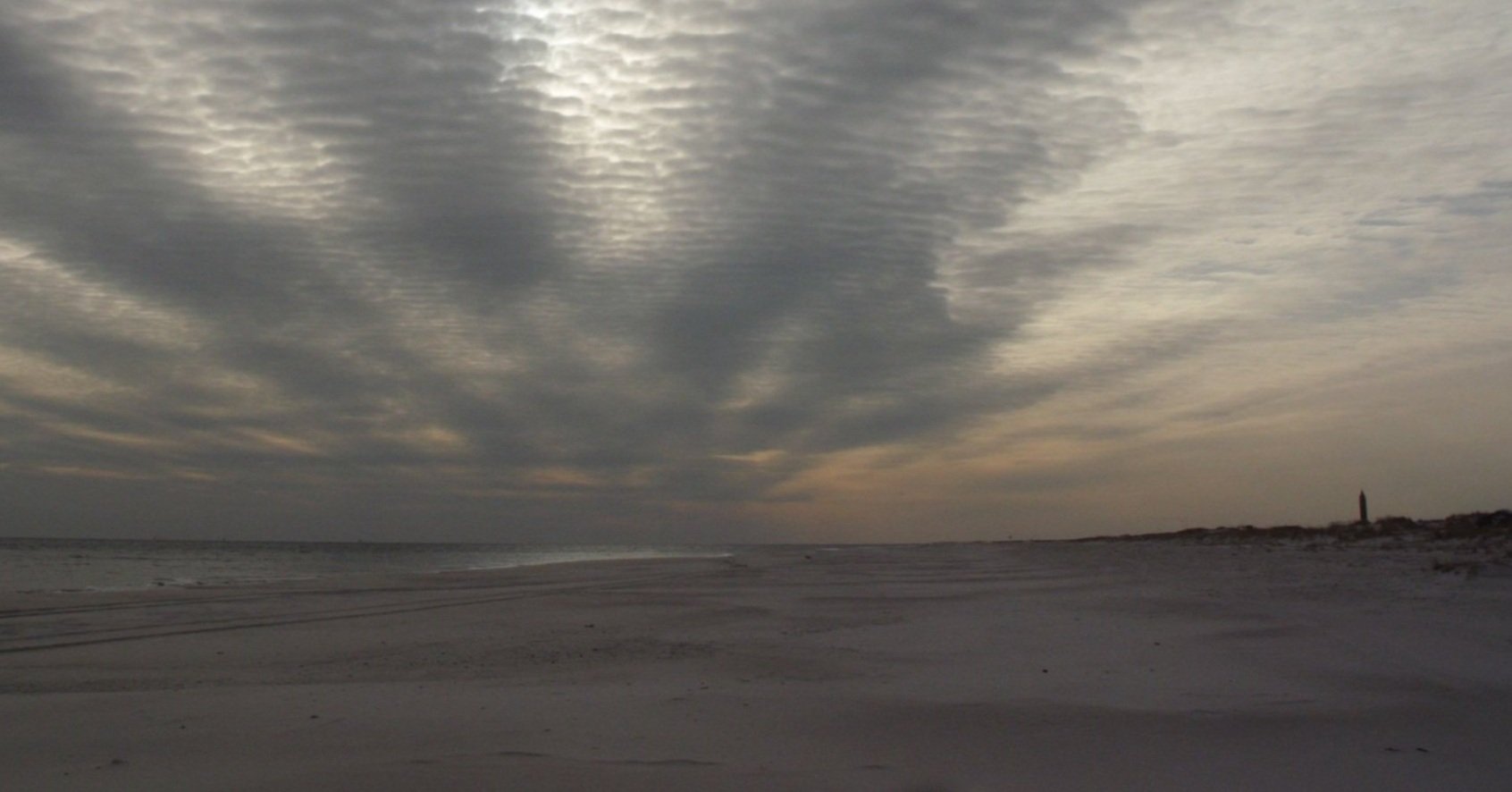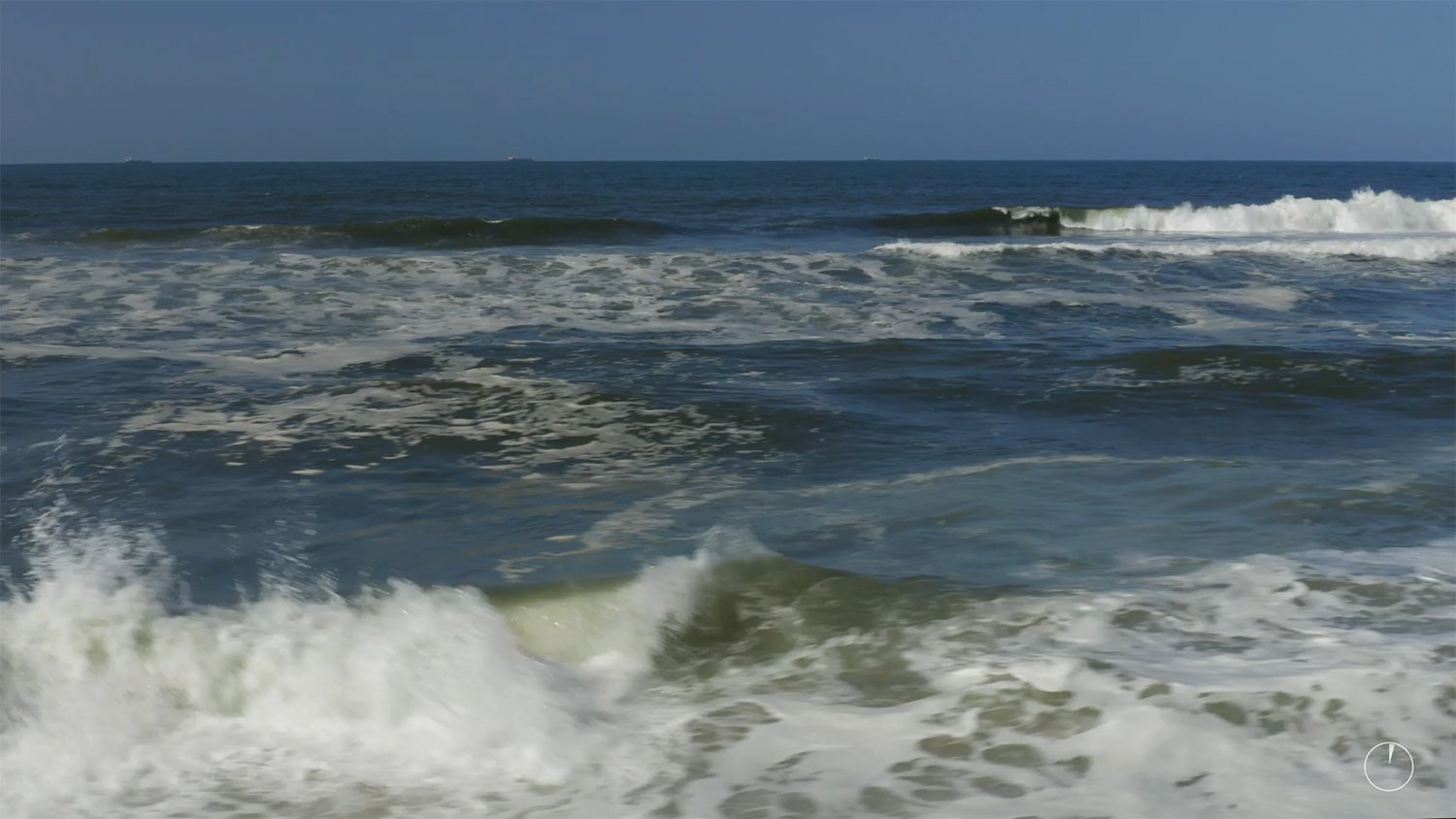
Energy & Us
Energy & Us is an interdisciplinary high school curriculum dedicated to exploring the relationships between people, energy, and the environment. Each of the five units is carefully aligned to NYS P-12 Science Standards and elements of the NYS Grades 9-12 Social Studies Framework and includes an additional appendix. All activities can be carried out at the Center, during scheduled field trips funded by the Connect-Kids-To-Parks program, or used in classrooms. The development of the curriculum was supported by a generous grant from the Rauch Foundation.
To download our curriculum, please see the individual chapters below.

-
What is “energy”?
This one enigmatic word can describe the force that heats or lights our homes, or the natural resources that are frequent subjects of public debate; it might be an ephemeral phenomenon of the natural universe, or a material good conveyed by human-made systems. It can even be an abstract concept, describing a sense of possibility that flows through individual and collective bodies.
Energy & Us is an interdisciplinary curriculum that draws on all of these perspectives in order to investigate one big question. How does energy shape the environments in which we live, and how do we shape our environments through energy? -
Water, air, and light at the tideline demonstrate the essential physics and chemistry of energy at the molecular level, while the electrical system of the Center itself is a template for understanding the physical science behind human-built energy infrastructure.
Download Unit 1
Download Unit 1 AppendixScience Learning Standards:
PS1-8 PS1-2 PS1-4 PS1-12 ; PS2-3 PS2-5 PS2-6 ; PS3-1 PS3-2 PS3-3 PS3-4 PS3-5 PS3-6; PS4-1 PS4-3 PS4-4 PS4-5; LS1-2 LS1-3 LS1-5 LS2-1 LS2-2 LS2-3 LS2-4 LS2-5 LS2-6 LS2-7 LS2-8; LS4-5; ESS2-1 ESS2-2 ESS2-5 ESS2-6 ESS2-7
Social Studies Framework:
Practices: A1 A2 A5 A6 B5 D1 D3 F2 F4
Themes: ID GEO TECH
-
Plants and animals of Jones Beach’s West End are a window onto the cycling of energy through the ecosystem.
Download Unit 2
Download Unit 2 AppendixScience Learning Standards:
LS1-5 LS1-6; LS2-1 LS2-2 LS2-3 LS2-4 LS2-5 LS2-6 LS2-7 LS2-8; LS4-4 LS4-5; ESS2-1 ESS2-5 ESS2-7 ESS2-8; ESS3-5
Social Studies Framework:
Practices: A1 A2 A5 A6 B3 B4 B7 C1 C5 C6 D1 D2 D3 D4 D5 D6 E2 E5 E6 F2 F6 F7 F8
Themes: GEO EXCH
-
Surveying the historical geography of Long Island reveals how energy has shaped the environment throughout US history, particularly through the development and expansion of cities, suburbs, and transportation networks.
Download Unit 3
Download Unit 3 AppendixSocial Studies Framework:
Practices: A1 A2 A5 A6 A7 B1 B2 B3 B4 B5 B7 C1 C2 C3 C4 C5 C6 D1 D2 D3 D4 D5 D6 E1 E2 E4 E6 F3 F6 F7 F8
Themes: GEO TECH TCC SOC GOV CIV ECO
-
Reflecting on the role of energy in contemporary American culture, students are empowered to forge a new relationship to energy consumption.
Download Unit 4
Download Unit 4 AppendixScience Learning Standards:
ESS2-1 ESS2-2 ESS2-4 ESS2-5 ESS2-6 ESS2-7 ESS2-8; ESS3-1 ESS3-2 ESS3-3 ESS3-4 ESS3-6; ETS1-1 ETS1-2 ETS1-3 ETS1-4
Social Studies Framework:
Practices: A1 A2 A3 A4 A5 A6 A7 B1 B2 B3 B4 B5 B6 B7 B8 C1 C2 C3 C4 C5 C6 D1 D2 D3 D4 D5 D6 E1 E2 E3 E4 E5 E6 F2 F3 F4 F5 F6 F7 F8
Themes: TECH ID GEO MOV TCC SOC GOV CIV ECO EXCH ID
-
Students understand the dynamics that connect energy consumption to global climate change — as well as the possibilities of mitigation, adaptation, and migration in response to climate change — and begin to imagine their own place in a world shaped by altered weather patterns, rising sea levels, and people on the move.
Download Unit 5
Download Unit 5 AppendixScience Learning Standards:
ESS2-1; ESS2-2 ESS2-4 ESS2-5 ESS2-6 ESS2-7 ESS2-8; ESS3-1 ESS3-2 ESS3-3 ESS3-4 ESS3-6; ETS1-1 ETS1-2 ETS1-3 ETS1-4
Social Studies Framework:
Practices: A1 A2 A3 A4 A5 A6 A7 B1 B2 B3 B4 B5 B6 B7 B8 C1 C2 C3 C4 C5 C6 D1 D2 D3 D4 D5 D6 E1 E2 E3 E4 E5 E6 F2 F3 F4 F5 F6 F7 F8
Themes: TECH ID GEO MOV TCC SOC GOV CIV ECO EXCH ID
“This curriculum has something for everyone who wants to help foster their students' curiosity. It offers a fantastic guide for educators who need to learn with their students! The fun, creative, hands-on activities can be easily tailored for a variety of learners, whether at the Center, at home, or in the classroom.”
— Kimberly Williams, NYS Master Teacher, Science
“I am so excited to finally have an energy, nature, and science curriculum that is engaging, aligned with the Next Generation Science Standards, and provides students with the opportunity to experience the outdoors at Jones Beach State Park. The Roosevelt School District is thrilled to have our young scientists participate in this outstanding program that integrates English Language Arts, Mathematics, Social Studies, Art, and SEL (Social Emotional Learning) concepts in which our students can experience being scientists, conservationists, and ecologists.”
— Catherine Beasley, Science Director, Roosevelt Middle School
